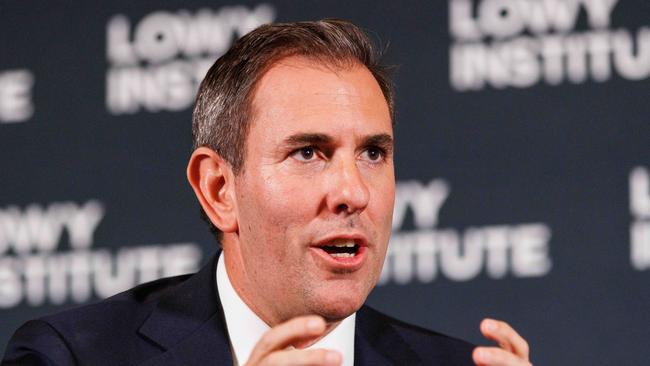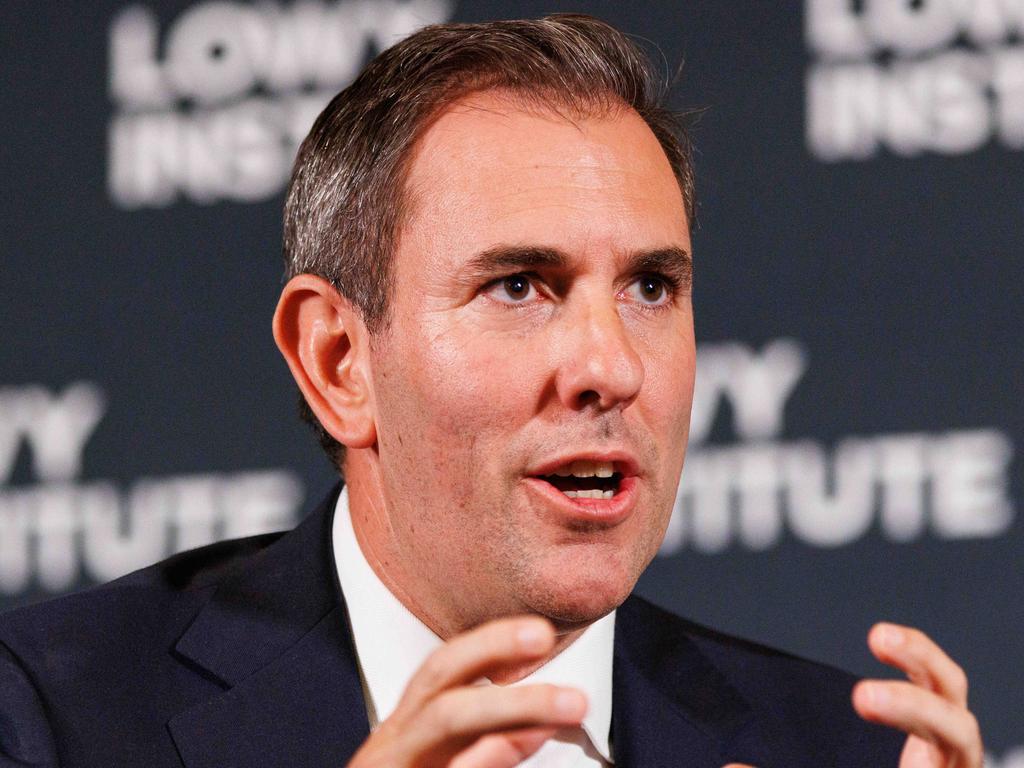
From global agencies to the business lobby, think tanks, independent advisers and academics, the wake-up call is remarkably similar: the nation’s economy must be more productive, flexible and dynamic or we’ll get poorer.
How many warnings does the Albanese government need?
In its latest quarterly Statement on Monetary Policy, the central bank said that inflation could be more persistent than expected if productivity growth does not pick up.
The danger is inflation will stay higher for longer, meaning no relief for home borrowers already paying, on average, a record high share of their incomes to meet their obligations.
Three months ago, the RBA’s staff forecast labour productivity – measured as output per hour worked – to increase by 3 per cent in the year to June, a rate that was widely seen as optimistic.
On Tuesday, that expectation was downgraded to 1.8 per cent, followed by two years where annual productivity growth slips to around 1.2 per cent.
Several private sector economists doubt we’ll achieve that.
Even before the pandemic, we had an abysmal decade of productivity performance.
But the RBA’s model assumes productivity growth will rise to the rate recorded in the decades preceding the pandemic.
“If productivity is weaker than assumed, businesses would face higher costs of producing a given amount of output, putting upward pressure on prices paid by consumers,” the RBA said.
One way of thinking about it is through this formula: If Australia can’t raise productivity growth to around 1.5 per cent, then we can’t sustain wages rises of 4 per cent and achieve an inflation rate of 2.5 per cent, which is the midpoint of the central bank’s target range.
Michele Bullock has used a similar shorthand in her parliamentary and public appearances “If productivity doesn’t rise, then what’s going to happen is that the rate of increase in wages is going to have to slow as well,” the RBA governor said in February.
In its recent Economic Outlook, the OECD urged us to lift our productivity game through greater flexibility in land, aligning our product standards with other countries’ and removing barriers to labour mobility, including non-compete clauses.
Other bodies have pushed for tax reforms, less red and green tape, better infrastructure pricing and more efficient government service delivery.
So the pressure is on to change if we’re not to slide backwards.
There’s little doubt the Treasurer and Treasury “get it” on the productivity challenge.
Chalmers has been actively involved in a policy suite that will improve competition and also encourage the “churn and change” necessary in the corporate sector if dud companies are to die and new ones are to be born and given every chance to succeed.
But he sits at a cabinet table with the enemies of progress, the callous and clueless, if you will, who are adding to regulatory complexity and actively trying to shift resources from areas that yield high returns into lagging sectors such as manufacturing.
Saul Eslake says one of the reasons for our poor productivity is the rise of the “care economy”, as more people work in intrinsically labour-intensive, and hence inherently low-labour-productivity health, aged-care and disability services.
The independent economist calculated each industry’s “gross value added per hour of labour” for the previous financial year and manufacturing’s labour productivity is about 11 per cent below the all-industry average.
“Policies which seek to shift labour and capital, via subsidies and tax incentives, into manufacturing are prima facie going to detract from labour productivity, unless those resources are shifted from sectors with even lower labour productivity than manufacturing, such as retail trade, accommodation and food services, or construction,” he said.
But the budget will make things worse, much worse, on this score and put failure in lights.
Labor’s Future Made in Australia is simply a productivity killer, which will reduce the long-run growth in our living standards.







The Reserve Bank has hit the alarm button on Australia’s woeful productivity growth ahead of Jim Chalmers’ third budget.